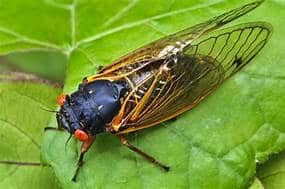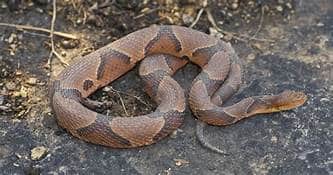Cicadas Emerge
Millions of cicadas are expected to emerge this year after spending 17 years underground.

In addition to the loud noise they make, Cicadas lay their eggs in live twigs. A female will lay as many as 600 eggs. Because of the sheer numbers of egg-laying there could be twig die off to the trees.
As they grow, cicadas leave behind cast skins which are brown husks that are discarded and can been seen stuck on trees.
According to National Geographic: Cicadas are insects with stout bodies, broad heads, clear-membrane wings, and large compound eyes. There are more than 3,000 cicada species—some show up every 13 to 17 years, while others emerge every year when the weather gets warm. It has been noted that there can be more than a million cicadas per acre in some regions.
Cicadas hatch from eggs as nymphs and dig into the ground to suck liquid from plant roots. Then they stay underground before surfacing as adults.
They are very loud, and their volume can reach 90 decibels, which is “as loud as a lawn mower or some motorcycles. Avoid handling them with your bare hands. Cicadas don’t sting or bite, but they do possess a piercing and sucking mouth for drinking and could accidentally pierce human skin. They can also fly.
Once out of the ground, they immediately climb a vertical structure, usually a tree, where they shed their exoskeleton. Then their wings start to fill out and their soft body begins to harden.
Once mated, the females then lay their eggs in small holes bored into twigs.

They are prey for squirrels, birds, snakes to include copperheads and other creatures. Cicadas are food for copperhead snakes. These snakes generally stay close to trees and are more active at night. Even though this is an emergence year, it does not mean that there will be an excessive amount of copperhead but do be aware.
